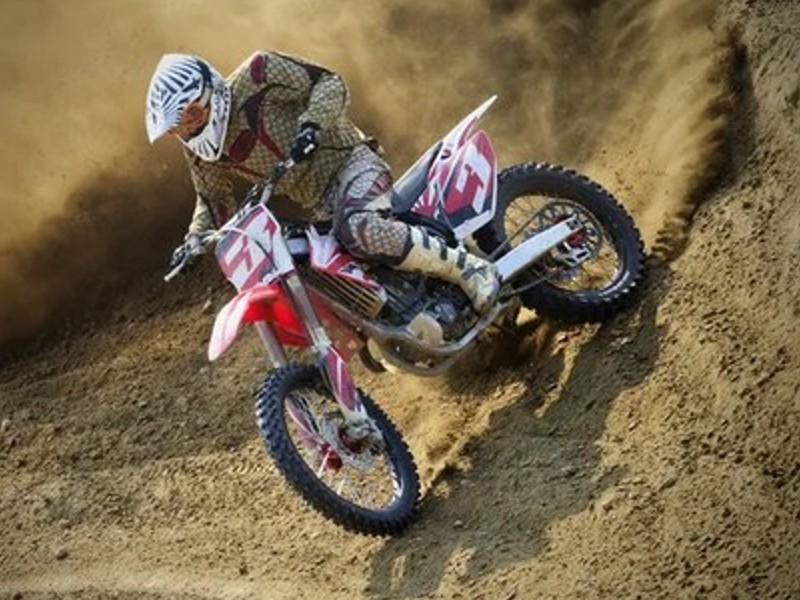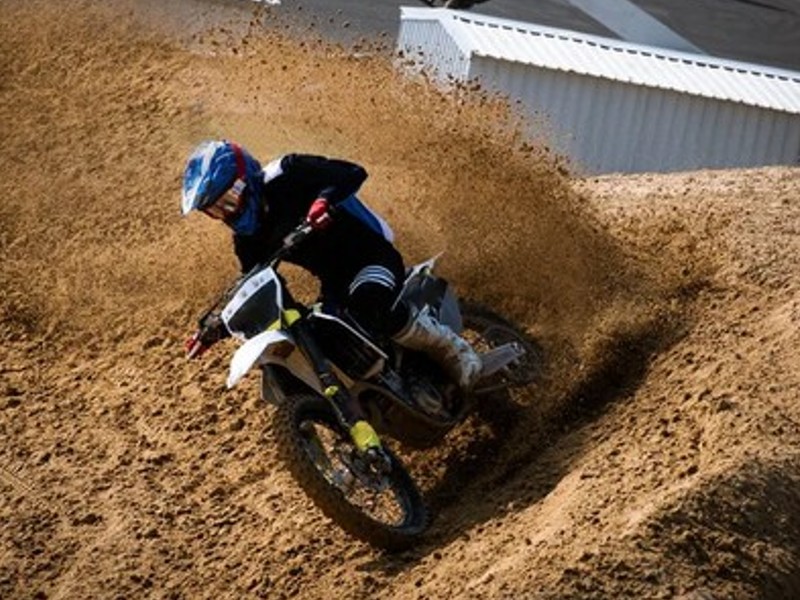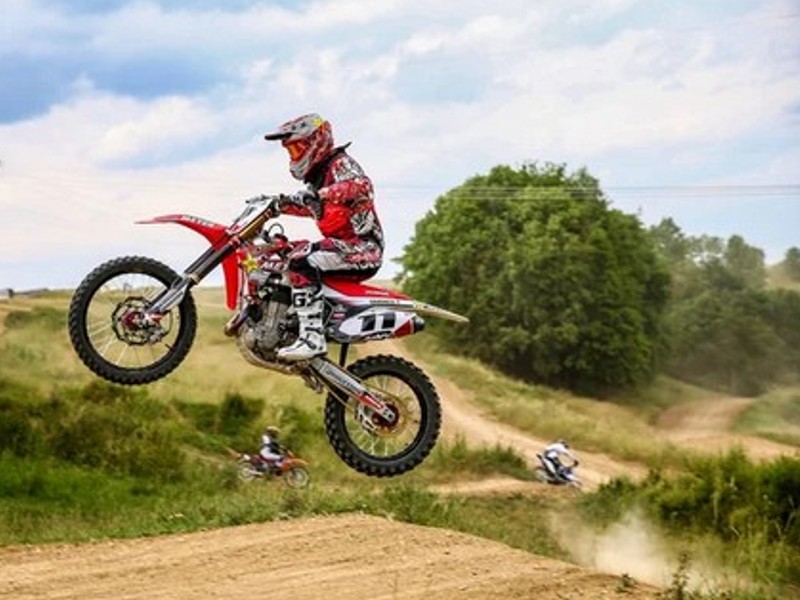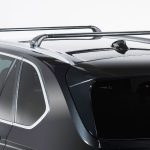Quick Guide to Motocross Helmets and Motocross Gear
Motocross, an exhilarating sport that combines adrenaline-pumping action with sheer skill, demands more than just talent and technique. Safety is paramount, and equipping oneself with the right motocross gear can make all the difference between an enjoyable ride and a potentially dangerous one. Among the most crucial pieces of equipment for any motocross rider are motocross helmets.
In this comprehensive guide, we’ll delve into the world of motocross helmets and other essential gear, exploring their importance, features, and advancements that ensure both style and safety on the track.
Table of Contents
The Importance of Motocross Helmets
A motocross helmet is not just an accessory; it’s a lifesaving device. It serves to protect the rider’s head from impact injuries during crashes, jumps, or falls.
The design of these helmets is distinct from those used in other motorcycling disciplines due to the unique demands of motocross.
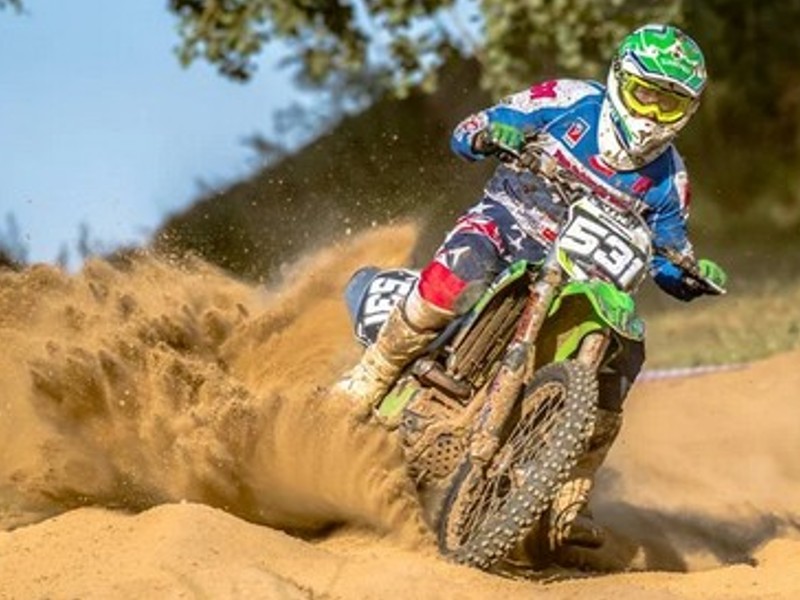
They’re crafted to provide maximum protection while allowing for optimal visibility and ventilation, crucial factors in this high-intensity sport.
Construction and Materials
Modern motocross helmets are typically constructed using advanced materials such as fiberglass, carbon fiber, or polycarbonate.
These materials offer a balance of strength, durability, and lightweight properties, ensuring that riders can maintain agility and comfort while riding.
Additionally, helmet liners are often made from expanded polystyrene (EPS) foam, which absorbs impact energy to reduce the force transmitted to the head.
Here are the key features to look for in helmets:
Outer Shell
The outer shell of a motocross helmet is designed to withstand high-impact forces. It’s often reinforced with layers of composite materials to provide maximum protection against crashes and collisions.
Ventilation
Adequate ventilation is essential to prevent overheating and fogging, especially during intense riding sessions. Most motocross helmets feature multiple vents strategically placed to promote airflow and maintain rider comfort.
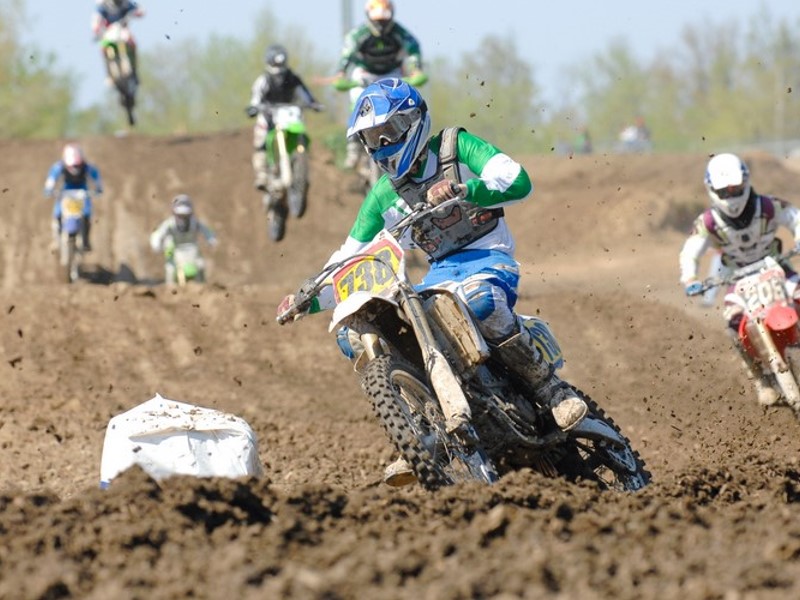
Visor
The visor serves a dual purpose of shielding the rider’s eyes from sun glare and deflecting debris away from the face during off-road riding. It should be adjustable to accommodate different riding conditions and preferences.
Chin Bar
A sturdy chin bar is crucial for protecting the lower face and jaw area in the event of a crash. It should be well-padded and securely attached to the helmet to minimize the risk of injury.
Retention System
The retention system, typically a D-ring or quick-release buckle, ensures that the helmet stays securely in place during riding. It should be easy to use and adjustable for a snug fit.
Weight
While durability and protection are paramount, a lightweight helmet is essential for reducing rider fatigue and enhancing maneuverability on the track.
Types of Motocross Helmets
There are different types of helmets for motocross available today and these include the following:
Full-Face Helmets
These helmets provide the most comprehensive protection, covering the entire head and face. They’re favored by professional riders and offer superior impact resistance and visibility.
Modular Helmets
These helmets feature a hinged chin bar that can be flipped up, allowing riders to easily communicate or take a drink without removing the helmet entirely. While convenient, they may sacrifice some structural integrity compared to full-face helmets.
Open-Face Helmets
Also known as “three-quarter helmets,” these protect the top, back, and sides of the head but leave the face exposed. They offer less protection than full-face helmets but are preferred by some riders for their increased ventilation and visibility.
Choosing the Right Helmet
Selecting the right motocross helmet is a crucial decision that shouldn’t be taken lightly. Here are some factors to consider:
Fit
A properly fitting helmet is essential for maximum protection. It should feel snug but not overly tight, with no pressure points or gaps between the helmet and the rider’s head.
Safety Certification
Look for helmets that meet or exceed safety standards set by organizations such as the Department of Transportation (DOT) or the Snell Memorial Foundation. These certifications ensure that the helmet has undergone rigorous testing for impact protection.
Riding Style
Consider your riding style and preferences when choosing a helmet. Full-face helmets offer the highest level of protection and are ideal for aggressive riders or those tackling challenging terrain.
Budget
While safety should always be a top priority, there are helmets available at various price points to suit different budgets. Invest in the best helmet you can afford, but remember that a higher price doesn’t always guarantee better protection.
Other Essential Motocross Gear
While the helmet is undoubtedly the most critical piece of safety equipment for motocross riders, it’s not the only gear worth investing in. Here are some other essential items to consider:
Goggles
Quality motocross goggles protect the eyes from dust, debris, and roost kicked up by other riders. Look for goggles with a wide field of vision, anti-fog coating, and comfortable foam padding.
Gloves
Riding gloves provide grip, protection, and impact absorption for the hands during falls or crashes. Choose gloves with reinforced palms and knuckle protection for added safety.
Boots
Purpose-built motocross boots offer ankle support, impact protection, and grip for the feet and lower legs. Look for boots with a sturdy sole, ankle bracing, and adjustable buckles for a secure fit.
Body Armor
For additional protection, especially for the chest, back, shoulders, and elbows, consider investing in a motocross-specific body armor or roost guard. These lightweight, breathable vests provide an extra layer of defense without compromising mobility.
Riding Apparel
Lightweight, moisture-wicking jerseys and pants designed specifically for motocross offer comfort, ventilation, and abrasion resistance. Look for gear with reinforced stitching and stretch panels for maximum flexibility.
The Bottom Line
Motocross is a thrilling sport that demands both skill and safety awareness. While pushing the limits of speed and agility on the track, riders must prioritize their well-being by wearing proper safety gear, with the helmet being the cornerstone of protection.
Investing in high-quality motocross helmets and other essential motocross gear not only enhances safety but also ensures a more enjoyable and rewarding riding experience. By staying informed about the latest advancements in helmet technology and gear design, riders can ride with confidence, knowing they’re well-prepared for whatever challenges the track may present.
